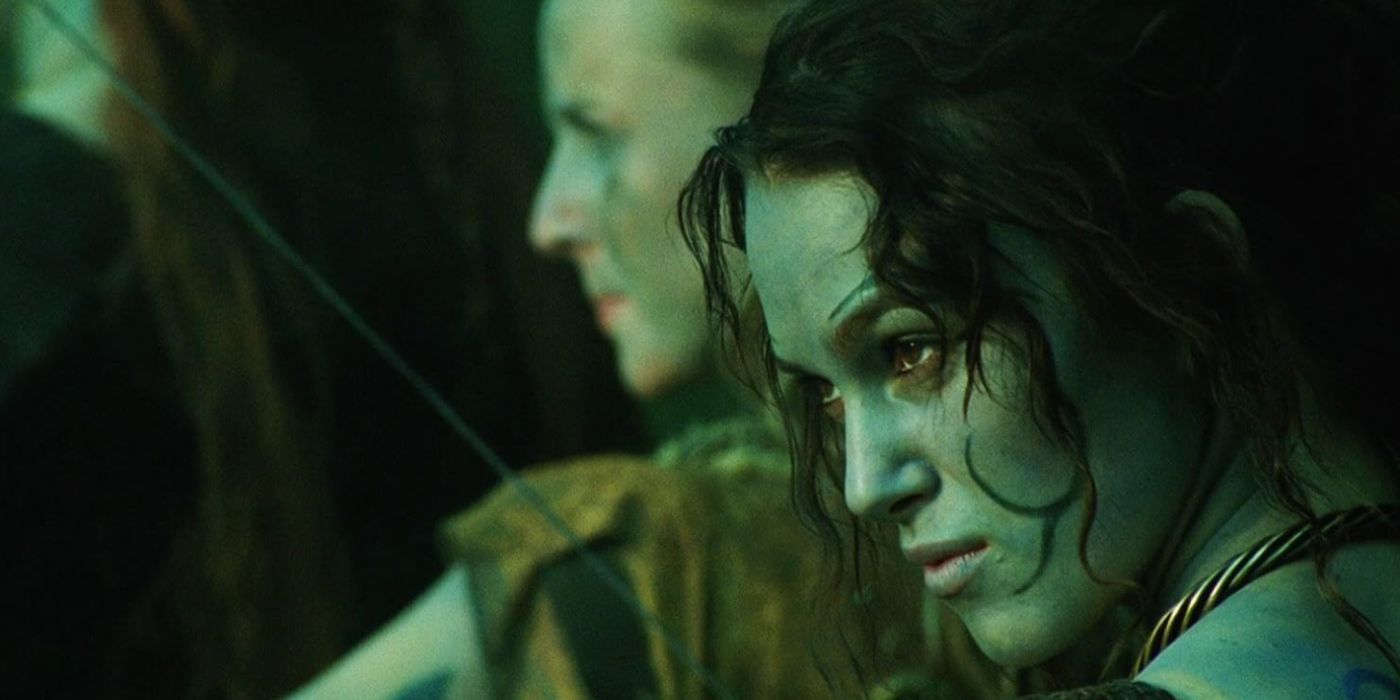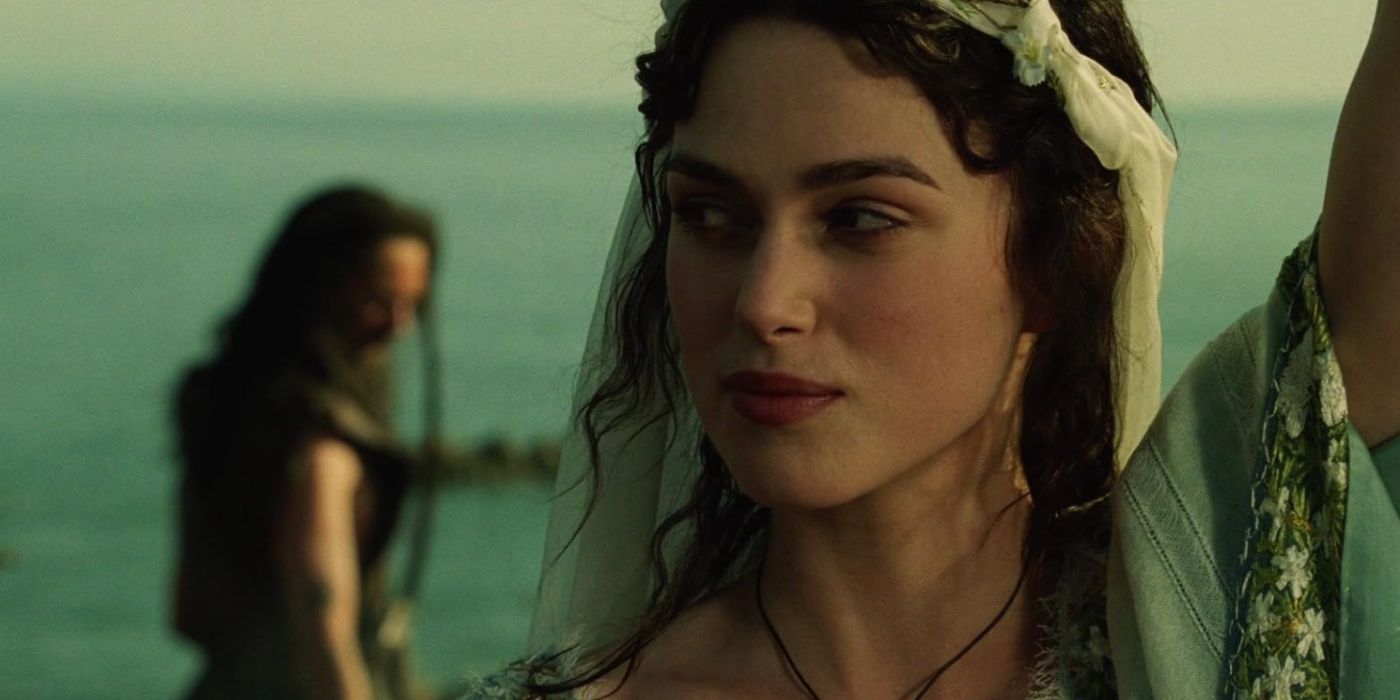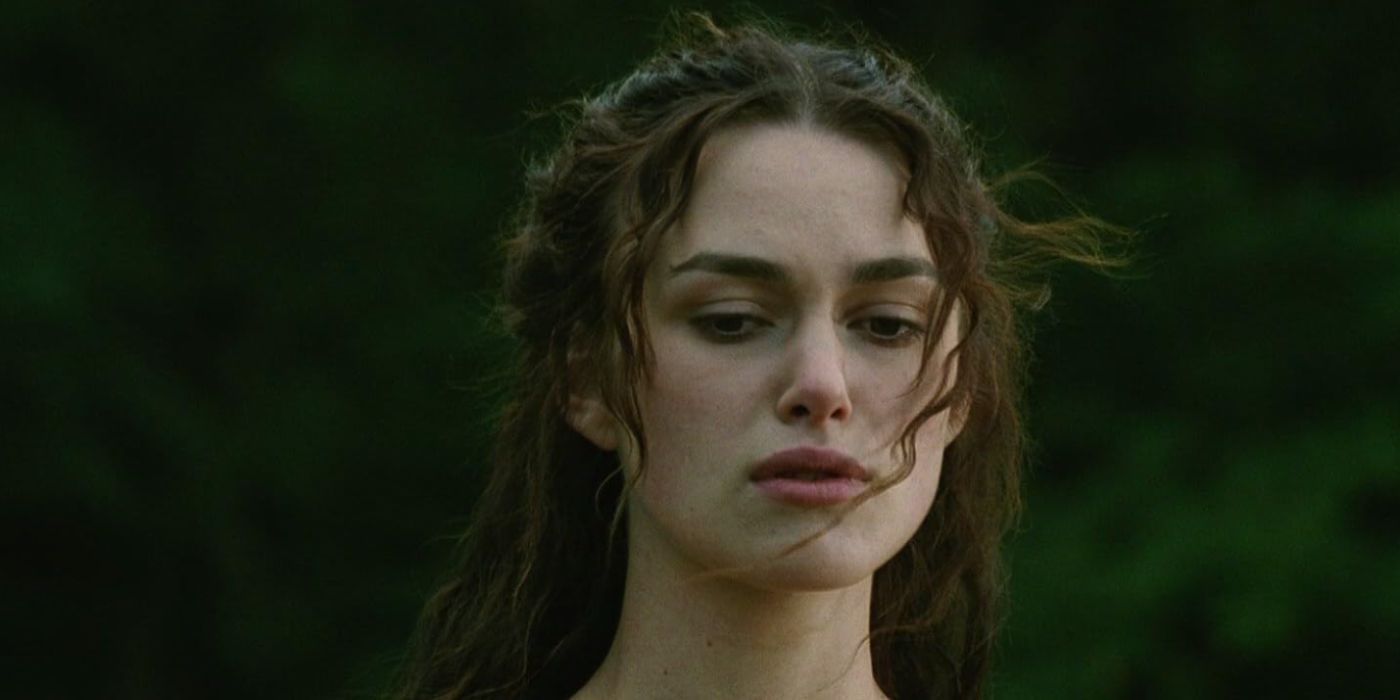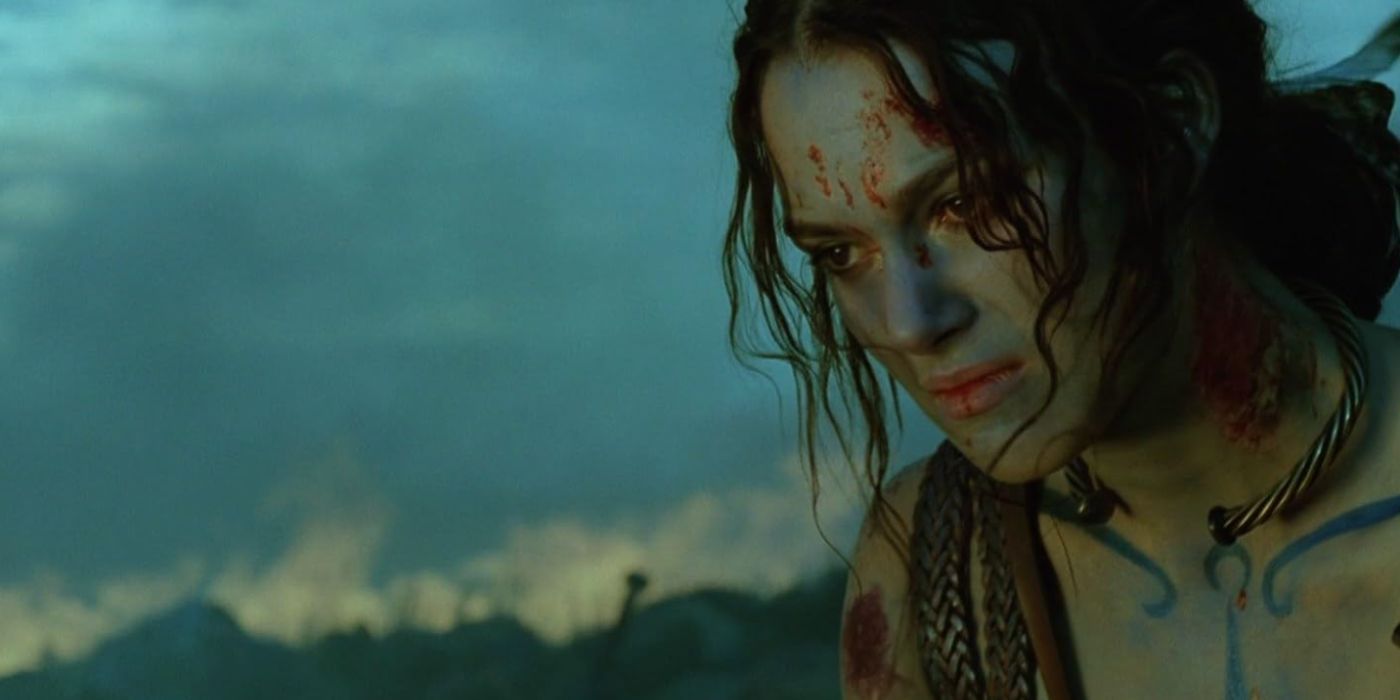
2004’s live-action film, King Arthur, might not be fresh in fans’ minds due to the intense competition it faced back then. Similar to many movies during that period, King Arthur endeavored to reimagine a timeless tale and breathe new life into familiar elements for contemporary viewers’ delight. Overall, it was a good movie, and some critics commended its bold ambition and original spin on an often-told story.
In the end, the version of the movie that played in theaters didn’t match the film the director had envisioned. Despite boasting a stellar cast and a substantial budget, King Arthur found it challenging to stick with its original R-rated plot. Consequently, the director’s cut reveals that Kiera Knightley’s Guinevere was, in fact, a far more captivating character.
King Arthur Tried to Give Guinevere a New Lease on Life



| Written By | Directed By | IMDb Score | RT Score |
|---|---|---|---|
| David Franzoni | Antoine Fuqua | 6.3/10 | 30% |
Most people are acquainted with the classic tale of King Arthur, his knights, and their quest for the Holy Grail, often depicted in historical settings. However, Disney’s 2004 adaptation deviates from this tradition by shifting the narrative to the 5th century AD. In this version, Arthur is not a traditional monarch but a half-British Roman commander who has been away from home for 15 years, fighting in Rome. When he finally expects to live a peaceful life, he receives an order from Bishop Germanus to rescue a prominent Roman family from the encroaching Saxons at Hadrian’s Wall. While these alterations may seem unconventional, they were intended to provide a more authentic portrayal of the era.
In an innovative twist, the film adaptation of this myth significantly improved Guinevere’s characterization. Rather than a damsel in distress, King Arthur depicts Guinevere as a powerful Celtic warrior, fighting alongside the knights in their battles. She exhibits strength, resilience, and bears striking resemblances to historical figures like Boudica. To some viewers, this might appear somewhat over-the-top, but with an actress of Keira Knightley’s caliber, it proves to be a winning combination. Interestingly enough, the year prior to this, a noblewoman named Elizabeth Swann abandoned her luxurious lifestyle to sail the high seas with a band of pirates in Pirates of the Caribbean. This was groundbreaking in 2003 because not only did it introduce a strong female lead, but also demonstrated that Elizabeth Swann was instrumental in driving the plot. By providing an actress like Keira Knightley the opportunity to replicate this with Guinevere, it contributed to her portrayal as an unconventional protagonist, a role she continues to embody today.
Initially, King Arthur appears as a character of his era, particularly during the time when movies such as Pirates of the Caribbean and The Chronicles of Narnia were popular. In the early 2000s, Disney was heavily invested in live-action adaptations, aiming to take viewers on journeys beyond animated worlds. However, upon watching the film, it becomes evident that certain flaws are emerging.
Disney’s Attempts to Tone Down the Film Made It Hard to Understand
To Michael Eisner, many creatives have encountered challenges collaborating with Disney. This is understandable considering Disney’s status as a massive film production company, focused on generating profits. While some criticisms leveled at Disney for being somewhat restrictive may hold merit, it cannot be ignored that they possess the knack for creating blockbusters, which can be crucial in such a cut-throat industry. However, with the film King Arthur, the final product viewers witnessed on the big screen deviated significantly from writer David Franzoni’s original vision.
Originally conceived as a gritty portrayal of King Arthur, featuring violence, gore, and adult themes, but later adapted to be more suitable for families by Disney, as stated by Franzoni in a meeting held back in September 2004.
To some spectators, Disney’s strict censorship might appear completely logical given their reputation for delivering lighthearted magic to children’s homes. However, it seems that when viewers experience the director’s cut of the film, it flows more coherently and sensibly. A notable example is a scene between Arthur and Guinevere where they share an intimate moment. In the edited version, Arthur initially appears in full armor, but then he’s suddenly trying to don a shirt outside. In the unedited version, this outfit change becomes more understandable. Additionally, the battle scenes are far bloodier in the director’s cut, adding a sense of thrill and realism that some might argue enhances the overall film experience.
In general, most director’s cuts don’t significantly change a movie’s storyline. They may add some extra scenes, but these additions rarely affect the film’s established narrative. However, the director’s cut of King Arthur clearly indicates that the creative team intended to produce an expansive epic. In the original version, Guinevere was portrayed as a more sensual character. Although the love triangle is absent, she exudes an appealing allure that is quite captivating. Interestingly, Disney removed these scenes to make Guinevere appear more appropriate for families. The noticeable differences between the theatrical and director’s cut versions of King Arthur imply that perhaps Disney’s repeated interventions might not have been beneficial to the overall project.
King Arthur Is Still Considered a Hidden Live-Action Gem
I must admit, the movie about King Arthur didn’t exactly set the world on fire at the box office. Despite earning a substantial sum of $203.6 million, when you consider its high production cost of $120 million, it’s clear that the film just barely covered its costs. To make matters worse, the reviews were less than favorable. A critic even went as far as saying that the movie fell short in several aspects.
Although it might seem surprising, Edelstein’s critique held a significant amount of truth, yet strangely enough, the film has experienced a revival in appeal. With its recent release on Disney+ for streaming, fans have been swift to commend its superior quality and impressive ensemble cast. It could be argued that after a series of underwhelming films, King Arthur now appears rather endearing. The visual effects are nothing short of breathtaking, and the story presents an original take on the legend. Consequently, viewers no longer perceive it as a retelling of familiar tales, but as a fresh interpretation of one of Britain’s most enchanting myths. Thus, even though King Arthur didn’t meet the creative team’s expectations, it provides a refreshing tale for contemporary audiences. If anything, this demonstrates that Disney was ahead of its time in the early 2000s and might benefit from revisiting past triumphs rather than constantly seeking new avenues for innovation.
Read More
- Who Is Harley Wallace? The Heartbreaking Truth Behind Bring Her Back’s Dedication
- Basketball Zero Boombox & Music ID Codes – Roblox
- 50 Ankle Break & Score Sound ID Codes for Basketball Zero
- TikToker goes viral with world’s “most expensive” 24k gold Labubu
- Revisiting Peter Jackson’s Epic Monster Masterpiece: King Kong’s Lasting Impact on Cinema
- 100 Most-Watched TV Series of 2024-25 Across Streaming, Broadcast and Cable: ‘Squid Game’ Leads This Season’s Rankers
- 50 Goal Sound ID Codes for Blue Lock Rivals
- League of Legends MSI 2025: Full schedule, qualified teams & more
- KFC launches “Kentucky Fried Comeback” with free chicken and new menu item
- Which Is the Best Version of Final Fantasy IX in 2025? Switch, PC, PS5, Xbox, Mobile and More Compared
2025-07-05 03:06